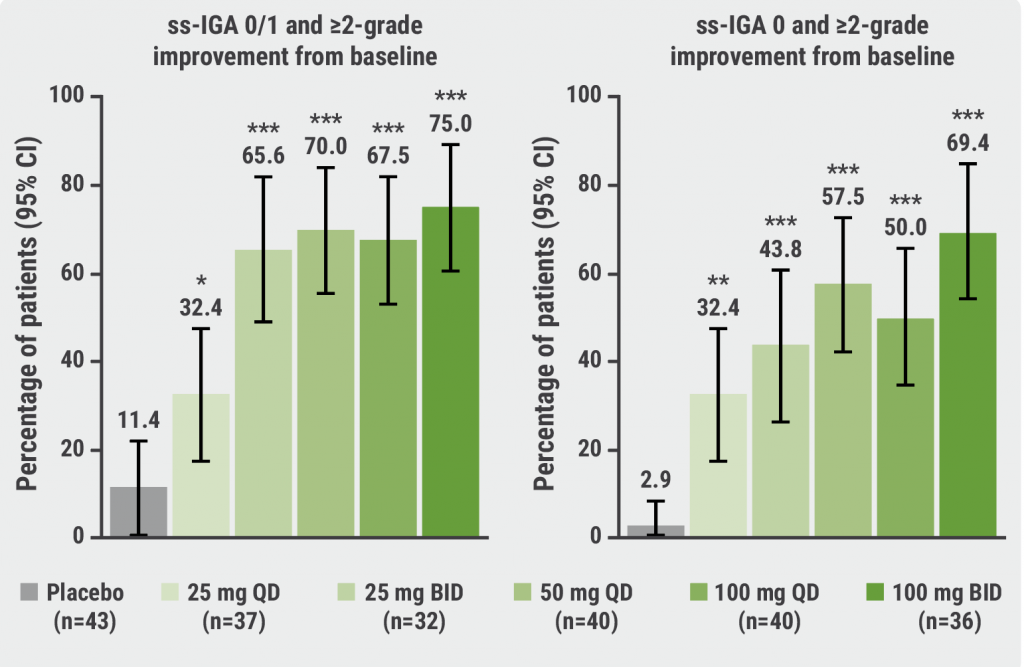Somatic mutations may contribute to the pathogenesis of complex diseases. Also, chronic inflammation can affect disease progression. Although the hyperproliferation of keratinocytes is associated with the disease status of psoriasis, no differences have been observed in the clonal composition of lesional and non-lesional epidermis. The current study aimed to investigate these differences.
In this study, laser-capture microdissection was used to isolate 140 small samples of epidermis from 16 patient donors. Afterwards, these samples were assessed by whole-exome sequencing. In previous studies, hundreds of oncogenic mutations have been found in each square centimetre of skin.
Using a special method called dNdScv, 4 genes were identified that are potentially involved in psoriasis vulgaris. One of these genes, GXYLT1, has not been identified in previous studies. In samples from 1 patient who had previously been treated with psoralens plus UVA, thousands of mutations per exome were found. These findings suggested psoralens plus UVA treatment to be highly mutagenic, causing a characteristic mutational signature.
This study describes the clonal structure, mutation burden, and positive selection operating in lesional and non-lesional skin biopsies from patients with psoriasis. In this preliminary data, differences associated with psoriasis were not readily apparent.
Mr Olafsson and colleagues plan to sequence approximately 1,200 exomes from 110–120 patients as part of this project. They will compare lesional and non-lesional skins in terms of their mutation burden, clonal structure, mutagen activity, and selection landscape.
- Olafsson Whole-exome sequencing of hundreds of biopsies reveals the somatic evolutionary landscape of psoriatic skin. Poster P52, 6th World Psoriasis & Psoriatic Arthritis Conference, 30 June–3 July 2021.
Copyright ©2021 Medicom Medical Publishers
Posted on
Previous Article
« Pan-European guidelines for the treatment of psoriasis and comorbid conditions Next Article
Psoriasis associated with increased duodenum inflammation »
« Pan-European guidelines for the treatment of psoriasis and comorbid conditions Next Article
Psoriasis associated with increased duodenum inflammation »
Related Articles

December 17, 2020
Real-world data on brodalumab affirms efficacy and fast onset of action

© 2024 Medicom Medical Publishers. All rights reserved. Terms and Conditions | Privacy Policy

